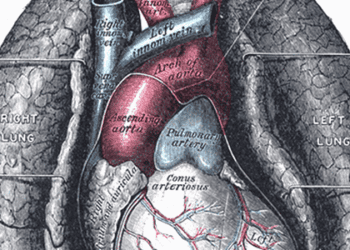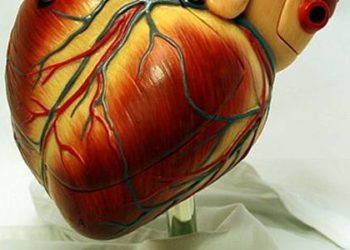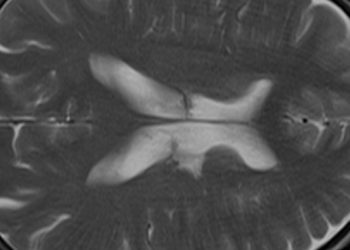Contact lens sensor allows for continuous intraocular pressure monitoring
Image: CC/Etan Tal
Key study points:
1. Patients reported moderate-good tolerability of wearing the contact lens sensor for continuous IOP monitoring.
2. IOP data from two monitoring sessions were moderately correlated (r=0.59).
Primer: Intraocular pressure (IOP) is the only modifiable risk factor in the development of glaucoma, the second most common cause of blindness in the world. Currently, IOP is measured in the office using Goldmann applanation tonometry, a technique that involves placement of a probe against a patient’s cornea. IOP is then measured by matching the pressure applied by the probe with the pressure present within the eye. However, this technique faces one major problem: the IOP of the human eye is constantly fluctuating. Thus, it remains unclear whether static measurements taken in the office are truly representative of a patient’s average IOP. Nevertheless, given the lack of alternatives, current management decisions continue to depend largely on these uncertain IOP measurements. This has driven researchers to search for an improved method of assessing IOP. A contact lens sensor (CLS) for continuous IOP monitoring was recently developed. The oxygen-permeable soft contact lens detects changes in corneal curvature which can then be correlated with intraocular pressure. However, studies have not rigorously assessed this device for safety, tolerability, and reproducibility of IOP measurements until now.
Background reading:
This [prospective cohort] study: 40 patients with established or suspected glaucoma were studied. A CLS was placed into one eye of each subject and the IOP monitored over 24 hours. After 24 hours, the patient returned, the CLS was removed, and another exam was administered to assess for any adverse reactions to the CLS. Patients also completed a survey regarding their comfort with the CLS. To assess for data reproducibility, the same monitoring protocol was repeated again for each patient one week later.
38 of 40 patients reported adverse events, only 5 of which were marked as severe. The most common complaint was blurry vision (82% of patients) followed by conjunctival irritation (80%). Further, patients reported moderate-to-good tolerability. Correlation between the 2 sessions was moderate (r=0.59), suggesting good reproducibility of the IOP recordings. Finally, there was also no difference in adverse events or survey scores for tolerability between those with established glaucoma compared with those with suspected glaucoma.
In sum: The findings of this study suggest that the CLS device is safe for use in patients. While a substantial number of adverse events were reported, these were generally mild and transient in nature. Further, the survey results illustrate that patients would be willing to wear the CLS if medically needed for IOP measurement. Most importantly, measurements appear to be fairly reproducible with r = 0.59, suggesting that the CLS may provide a consistency to IOP measurements not afforded by the current technique used in practice.
Strengths of this study include the use of both patients with established and suspected glaucoma, thereby allowing a comparison of these two clinically relevant groups. The large number of patients in the study also increases its validity. However, weaknesses include the lack of a non-glaucomatous group within the cohort. Thus, there remain questions regarding reproducibility and accuracy of IOP measurements in populations with IOP close to or within normal range. In addition, the authors utilized only 2 monitoring sessions in this study. Additional monitoring sessions could provide more information regarding reproducibility and may have lent strength to this study’s correlation coefficient. Finally, the study was limited by its short duration. Further studies are needed to assess the long-term tolerability and safety of CLS before it can be implemented into wider clinical practice.
Click to read the study in Archives of Ophthalmology
By [SSS] and [MK]
© 2012 2minutemedicine.com. All rights reserved. No works may be reproduced without written consent from 2minutemedicine.com. Disclaimer: We present factual information directly from peer reviewed medical journals. No post should be construed as medical advice and is not intended as such by the authors or by 2minutemedicine.com. PLEASE SEE A HEALTHCARE PROVIDER IN YOUR AREA IF YOU SEEK MEDICAL ADVICE OF ANY SORT.




